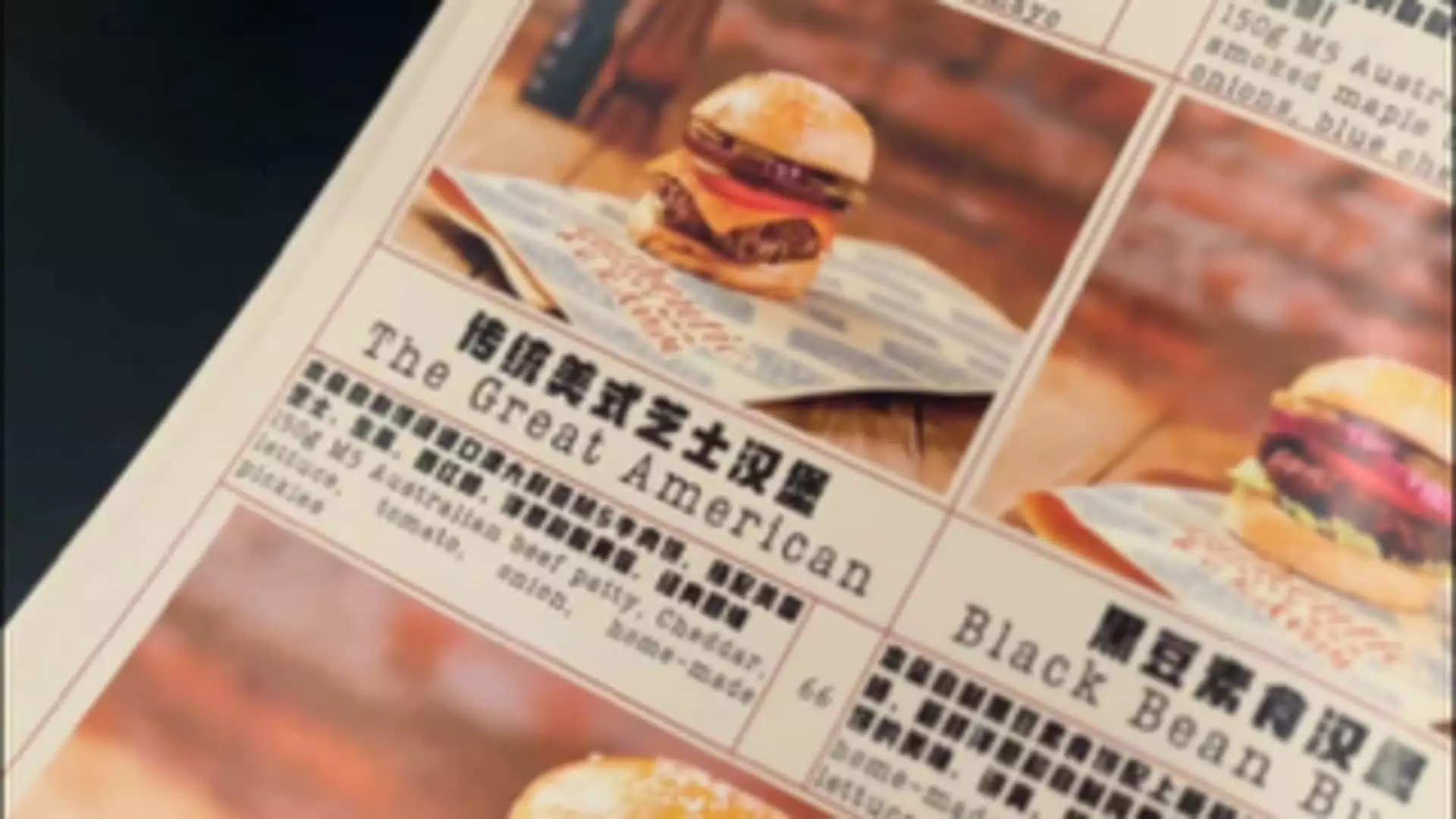In the bustling heart of Beijing, a culinary tradition has fallen victim to political miscalculations. Geng Xiaoyun’s Kunyuan restaurant celebrated the exquisite taste of American chicken feet, lovingly referred to as “phoenix talons.” These delicacies were not just food; they were a testament to a cross-cultural palate that fused tastes from distant lands. But that beautiful harmony has been shattered by the continuous escalation of tariffs, driving prices to dizzying heights of 30% over just a few months. The irony is palpable—Xiaoyun himself acknowledges that American chicken feet outshine their local counterparts in both texture and flavor. This is not a mere preference; it’s a culinary commentary that speaks volumes about the dire consequences of insular politics.
Disruption of Culinary Culture
Imagine walking into a restaurant brimming with your favorite dishes, only to find that the chef has been forced to substitute the beloved ingredients, relegating them to mere relics of memory. Xiaoyun’s predicament exemplifies this culinary disruption where sourcing alternatives from Brazil or Russia only serves as a temporary band-aid over a gaping wound. He clings to a hope that political climates will stabilize enough to resume offering American delicacies, but how precarious is that hope? As the global landscape threatens to stifle culinary variety, one wonders: what will future menus look like when political tensions dictate what we can taste?
A Ripple Effect Across the Menu
The consequences do not stop at chicken feet. The fallout from the ongoing trade dispute has ripped through American agricultural exports. For years, U.S. beef was the star of the show at many Beijing restaurants, including Home Plate, where American barbecue once thrived. Its absence now highlights the absurdity of allowing economic clashes to dictate our dining experiences. Chefs and suppliers lament that Australian beef, while tariff-free under the China-Australia Free Trade Agreement, fails to deliver the same rich flavors that American beef provides. This shift is not just about the palates of consumers; it underscores a lost opportunity for American farmers and producers who have poured heart and soul into crafting premium products.
A Culinary Conundrum Amid Global Strife
The crux of the issue lies in the larger narrative of international relations that extends well beyond the dinner table. The negotiations between the U.S. and China, which once offered a glimmer of hope, have now devolved into tit-for-tat accusations of betrayal. Just this week, the Chinese Commerce Ministry responded sharply to President Trump’s claims of violation, pointing to U.S. restrictions on AI chip exports as further erosion of trust. As these complex geopolitical tussles continue, the everyday citizen finds themselves at the mercy of their governments’ follies. We are reminded that food is but a reflection of our interconnected lives, yet insistent political agendas can divide even the most universal of joys.
The culinary arts have always been a celebration of diversity, melding influences from around the globe. As tariffs make American imports rarer, we witness the quiet erosion of our culinary landscape. In this climate, one can’t help but feel a profound sense of loss—not just for the flavors we cherish, but also for the relationships that food often fosters. In a world rife with conflict, we lose a piece of ourselves every time a favorite dish fails to reappear on the menu.

Leave a Reply